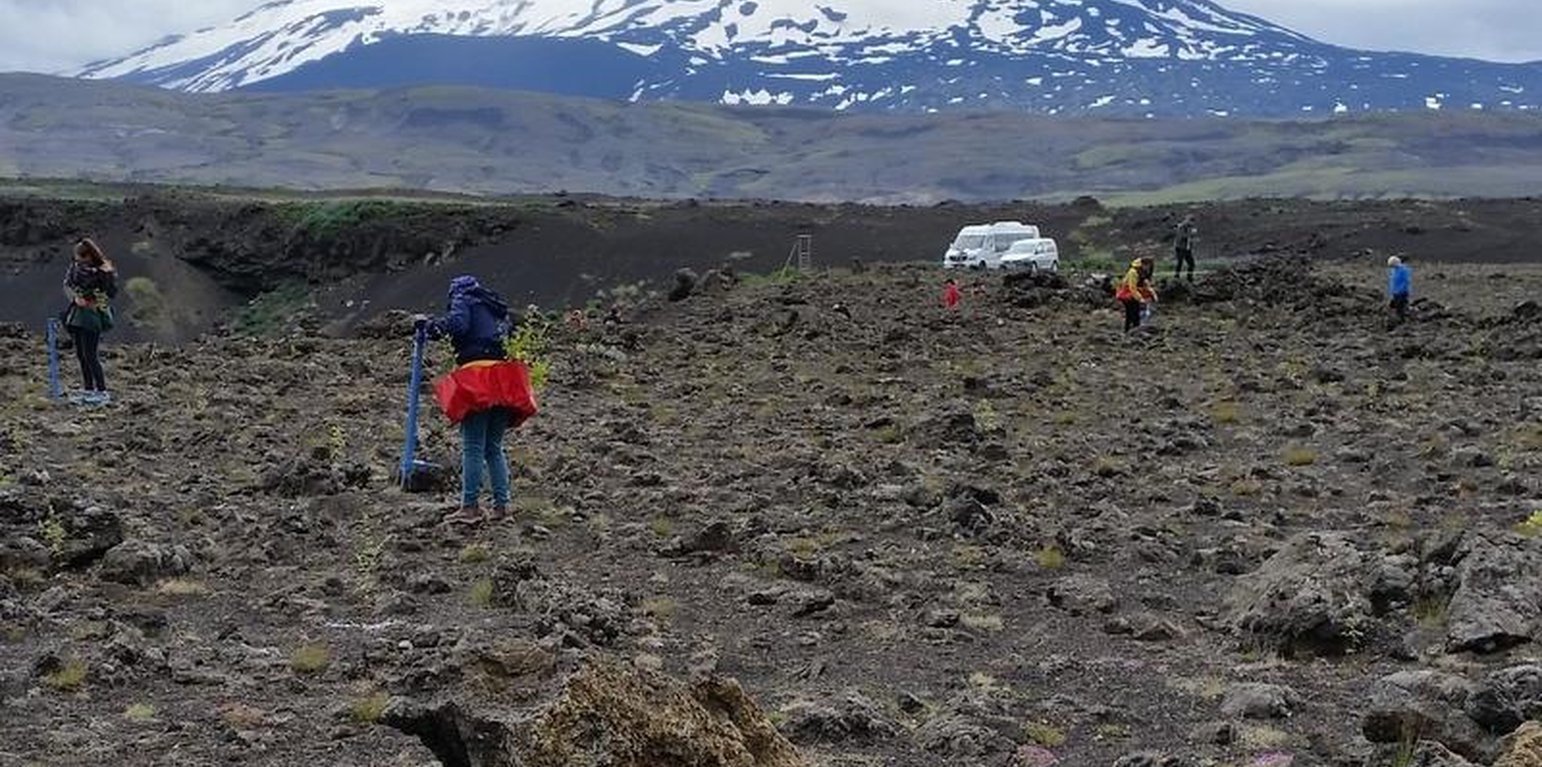



Areas to be replanted are pre-selected based on local conditions and optimal rates of potential seed dispersal (prevailing dry-wind direction, distance to remnant seed banks etc.). The areas are partially vegetated or have previously been treated with fertilizer (and seed) to facilitate surface stabilization, improved soil qualities and vegetation succession. Only native species are planted in these seed bank "islands": mainly birch and a mixture of willow species. The islands/patches are scattered within the restoration area in order to maximise the effectiveness of the technology in the long term.
Purpose of the Technology: The purpose of the technology is to halt further land degradation and facilitate natural succession within the area undergoing restoration. In the long-term, it should substantially reduce wind and water erosion. It should also lead to increased biodiversity, enhanced water availability and accelerated carbon sequestration (in soil and vegetation). The overall restoration task is to increase the resilience of the ecosystems against natural hazards, such as volcanic activity.
Establishment / maintenance activities and inputs: For the first years, the plants in the seed banks islands are treated annually with a small amount of fertilizer. The nutrient level within the areas is still very low and barely enough to support adequate annual plant growth.
Natural / human environment: In the long-term, the technology is expected to substantially increase biomass production, re-build soil qualities, accelerate carbon sequestration and secure water availability within the rangeland and the adjacent ecosystems. Increased tree and diverse vegetation cover will have the effect of reducing and even halting the sand drift that still creates challenges for inhabitants in adjacent villages, on farmsteads and within the summerhouse clusters, scattered around the area. As the degraded rangeland is in the vicinity of an active volcano (Mt Hekla) the technology is also expected to increase ecosystem resilience against natural hazards like ash and pumice drift and reduce potential offsite damage caused by these materials. Planting areas are pre-selected based on local conditions and optimal rate of potential seed dispersal (prevailing dry-wind direction, distance to remnant seed banks etc.). The areas are partially vegetated or have previously been treated with fertilizer (and seed) to facilitate surface stabilization, improved soil qualities and vegetation succession. Only native species are planted in these seed bank "islands"; mainly birch and a mixture of willow species. The islands/patches are scattered within the restoration area in order to maximise the effectiveness of the technology in the long-term.
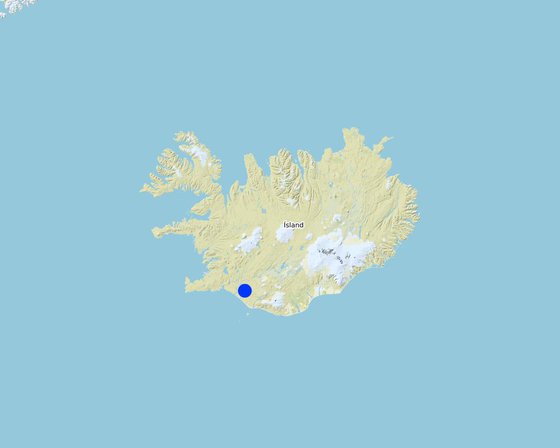
Location: Rangarvellir, Rangarthing Ytra, Iceland
No. of Technology sites analysed:
Spread of the Technology:
In a permanently protected area?:
Date of implementation: 10-50 years ago
Type of introduction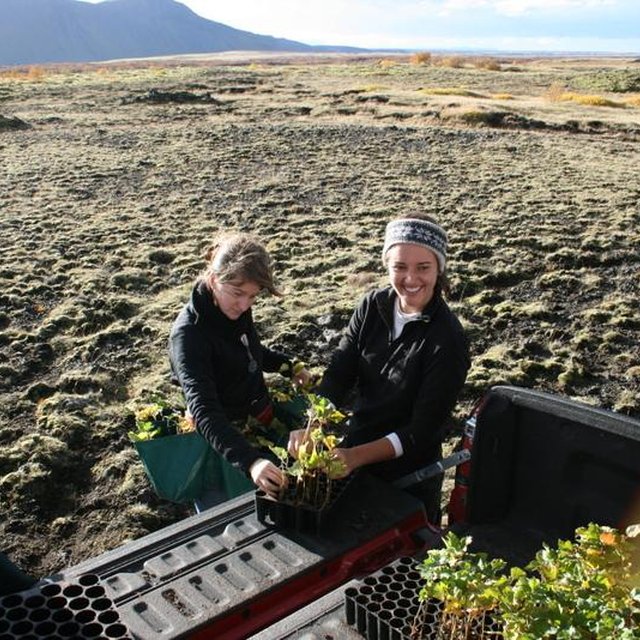

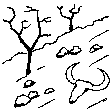




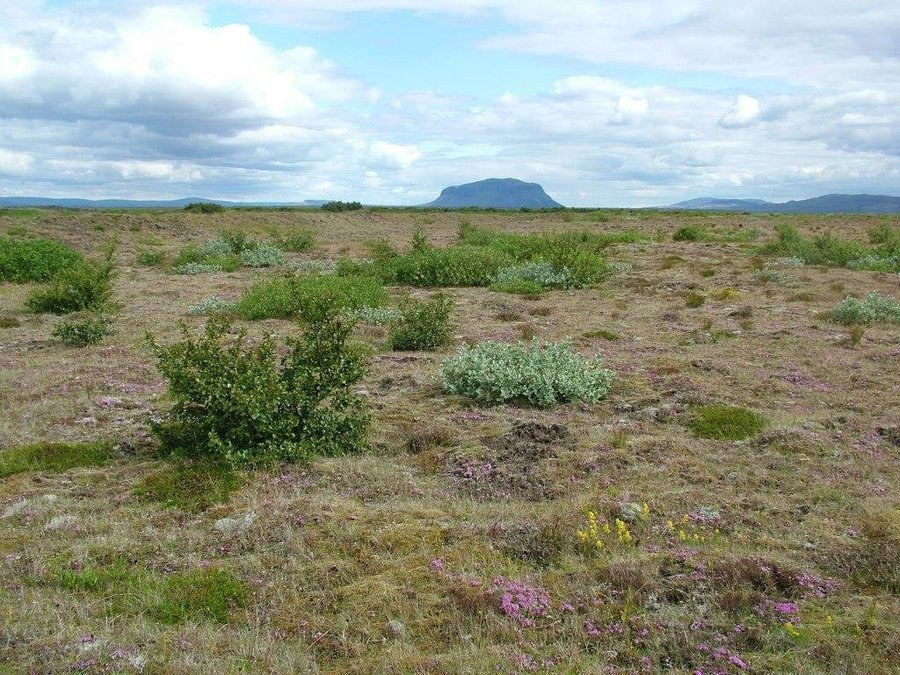
| Specify input | Unit | Quantity | Costs per Unit (ISK) | Total costs per input (ISK) | % of costs borne by land users |
| Labour | |||||
| Planting | |||||
| Equipment | |||||
| Machinery | |||||
| Plant material | |||||
| Seedlings | |||||
| Other | |||||
| Total costs | ha | 1.0 | 500000.0 | 500000.0 | |
| Total costs for establishment of the Technology | 500'000.0 | ||||
| Total costs for establishment of the Technology in USD | 3'623.19 | ||||